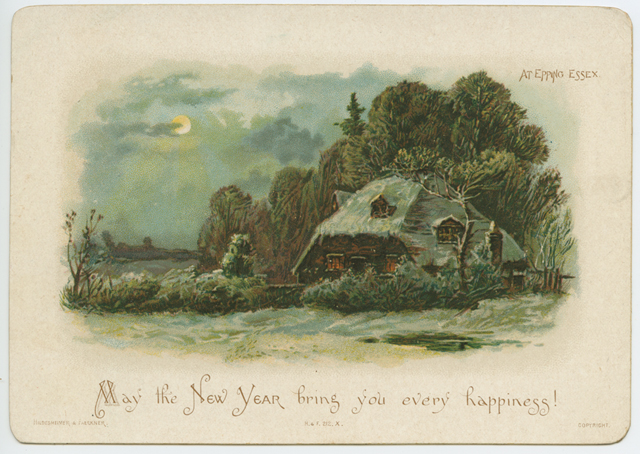
From Helen Foster again.
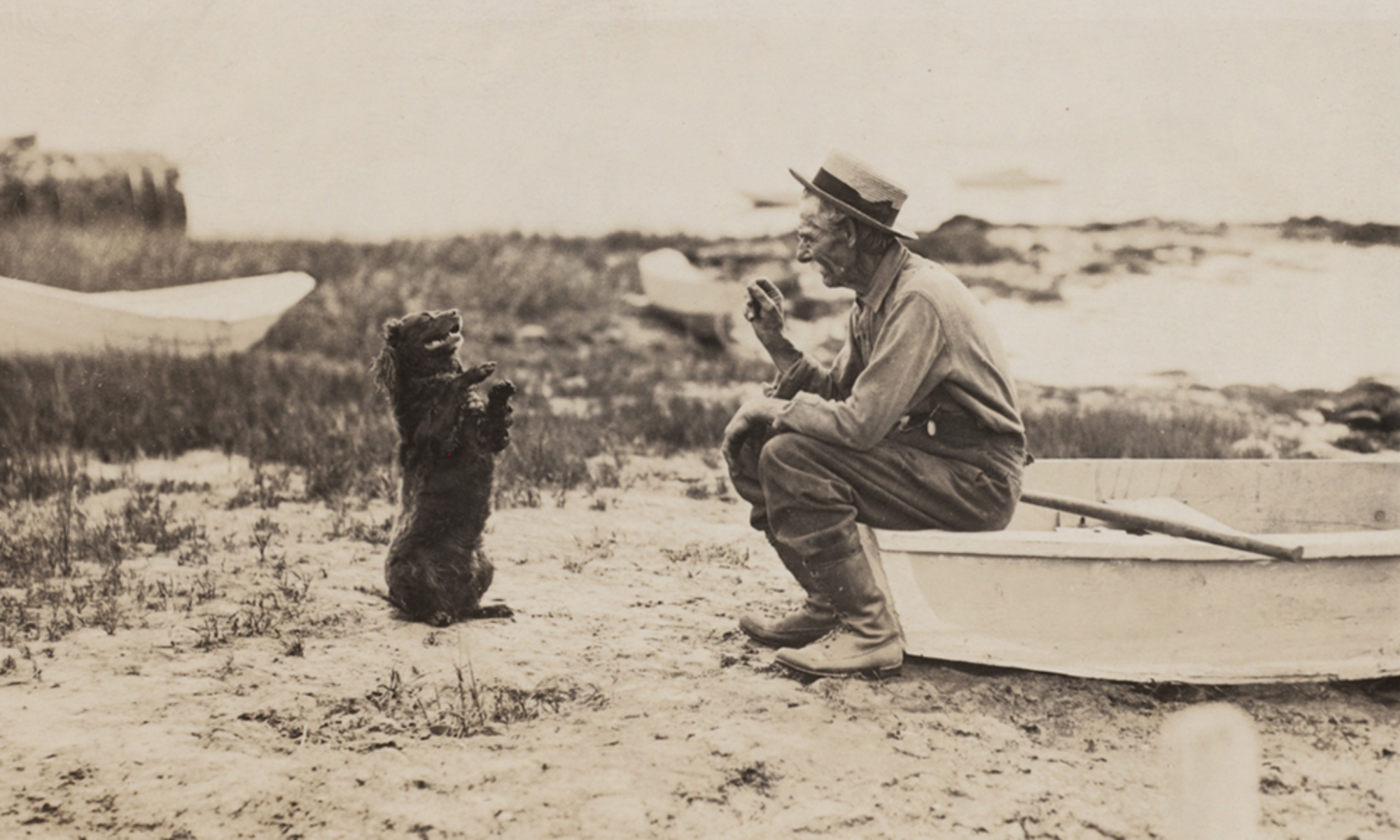
Kingston (Massachusetts) Public Library
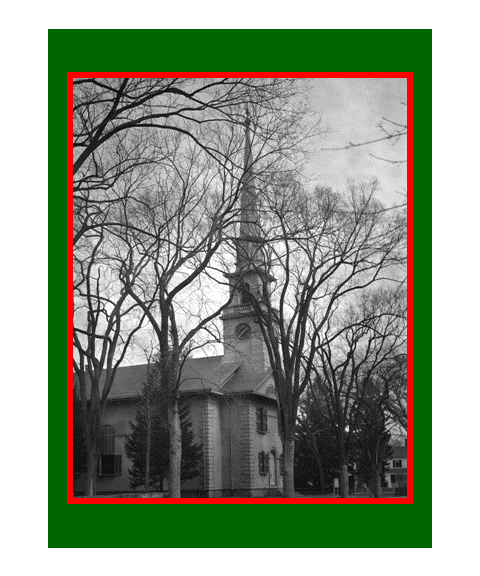
This month’s exhibit features a collection of holiday ornaments created by the Kingston Lions Club between 1991 and 2001. Each limited edition glass ball bears the likeness of a Kingston icon — from the old Town Hall and Soldier’s Monument to Bildad Washburn’s Tavern on Main Street and the fish ladder on the Jones River near the Elm Street Bridge. Alongside each ornament is a historic photograph of the building or scene depicted. Stop by and take a look.
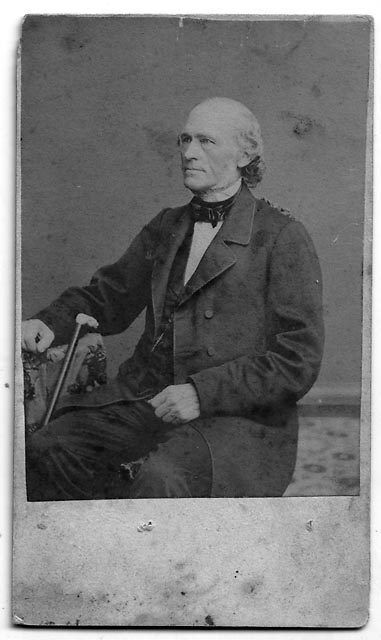
Applications for Kingston’s 2011 Ichabod Washburn Benevolent Fund are now online.
Completed forms are due at the Town Clerk’s Office by January 31, 2011. Funds will be distributed in March 2011.
To learn more about Ichabod Washburn, check out this earlier post.
WARNING: For the historical thought experiment that follows, imagine there’s no traffic on Route 3A/Summer Street. Yes, it’s not easy, and if you can’t persuade yourself, please DON’T stand in the middle of the street! You have been warned!
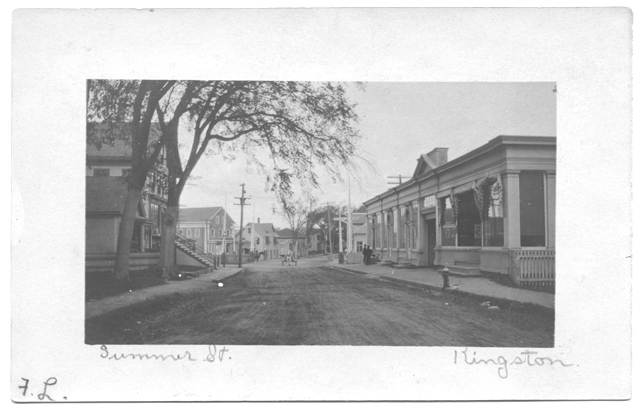
Stand in the middle of Summer Street just south of Evergreen and face north to recreate this view. Competing merchants Myrick’s (the whole building since picked up and moved around the corner onto Evergreen) and Burges & Keith are to the left, the railroad crossing a directly ahead, and the Post Office block to the right. The hydrants on the sidewalk give one clue to the date: no earlier than 1887, when the water pipes were laid.
Watch out there’s a buggy coming!
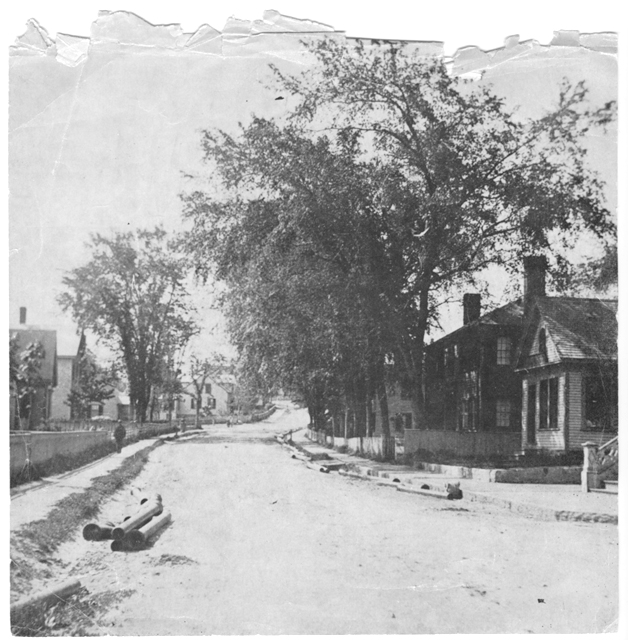
Step aside for the buggy, turn around 180 degrees and look up the hill toward Green Street for this view. The stairs up to Myrick’s can just be seen at right, although the post and rail are different than in the preceding image. The water pipes ready to be installed on both sides of the street provide the date.
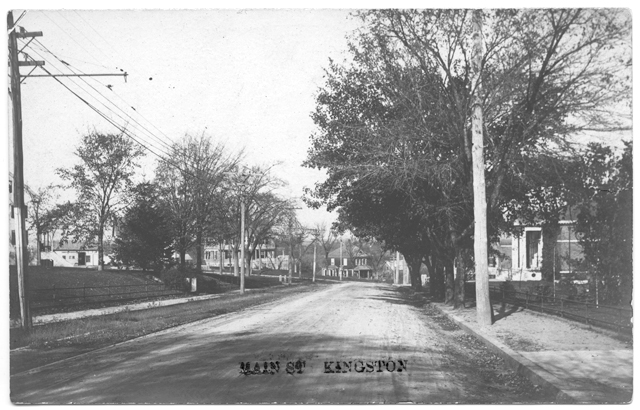
Ignore the caption — you’re still on Summer Street — and walk up the hill past Green. Turn around again. A little closer to the sidewalk, that’s right. A corner of the Kingston Inn (now the site of the Library) can be seen at left and the columns of the Frederic C. Adams Library at right.
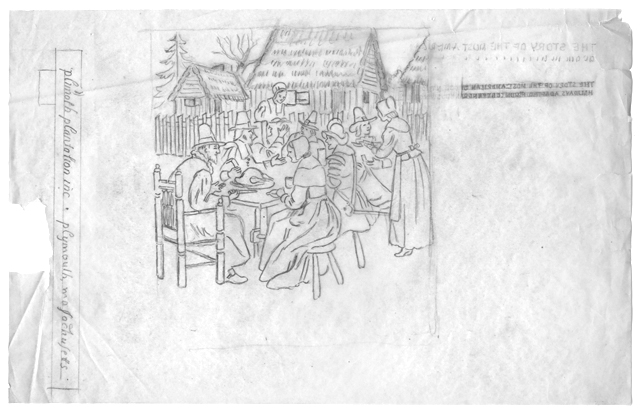
Last year, a great color postcard really captured the festivities of the holiday, and the year before, a little dance card prompted a step into the many varieties of the quadrille. This year, Helen Foster provides a look back at Thanksgiving in Kingston history. Above, a preliminary sketch she drew for a publication by the Plimouth Plantation shows the hardy First Comers at dinner outside (OUTSIDE?). And below, something she designed that is both timely and useful in solving any gravy problems that might arise.
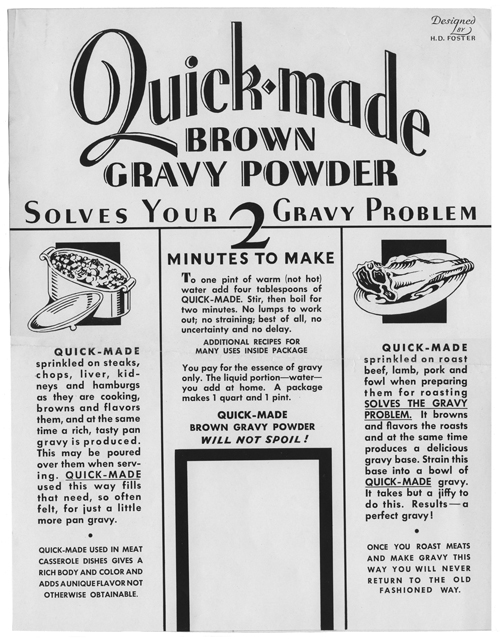
What other colors could they have possibly made?
In 1954 Town Meeting
Voted: That the sum of $2,200 be transferred from unappropriated available funds in the treasury for the purchase of a so-called station wagon type vehicle, to be used as an ambulance for the Police Department and authorize the Selectmen to turn in the present Hudson now owned by the Police Department, and apply the allowance thereof to the purchase price of the new vehicle.
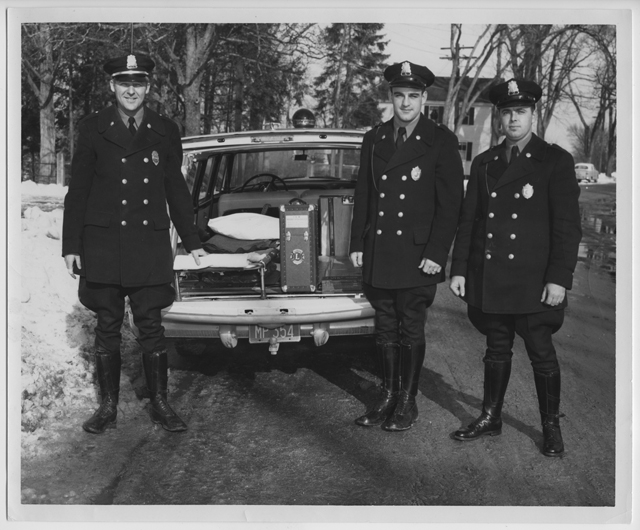
They got the new station wagon type vehicle — a Dodge — just after that Town Meeting in March.
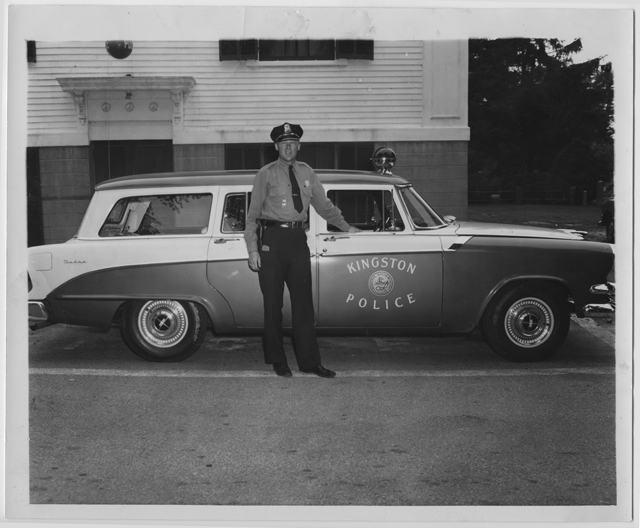
In his year-end report, Chief Goonan wrote that
64 ambulance trips [totaling 5,196 miles] were made with the new station-wagon type police car that was purchased after the March town meeting. On many occasions this piece of equipment has saved a life, and in so doing has paid for itself many times. Your cooperation in helping us to obtain this much needed piece of equipment is greatly appreciated.
Maybe one of those trips ended here…
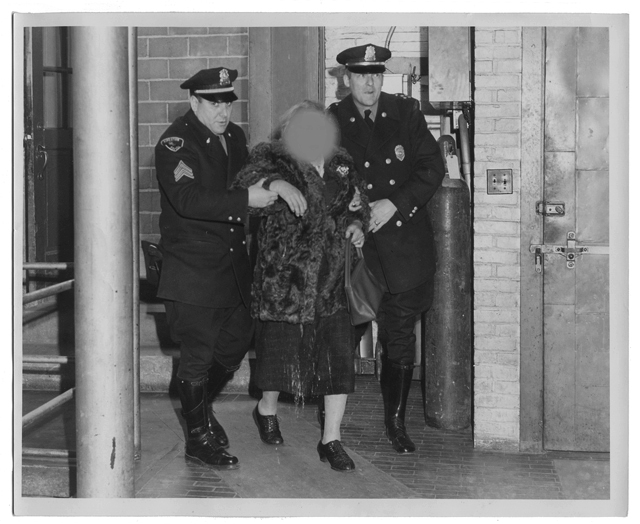
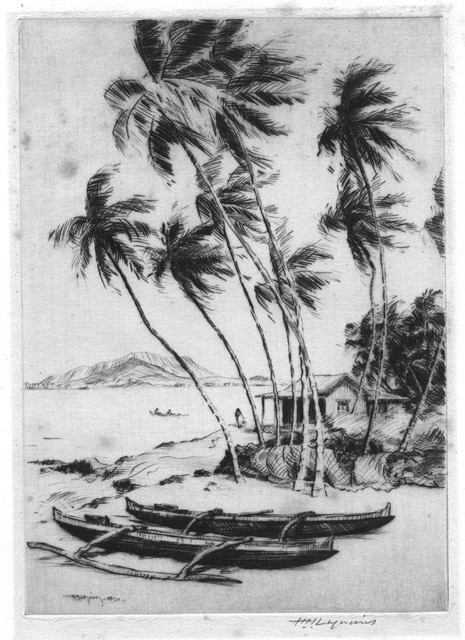
Sometime back, coconuts mysteriously appeared in a “Kingston” photo. Today, the mystery was nearly solved, but not quite. This print by Huc Mazelet Luquiens, a Massachusetts-born artist known for his images of Hawaii, had been hidden between a silhouette of Abby Bosworth Holmes Jones and the back of the frame that held it. At first glance, it appeared to place the coconut party in Hawaii. Perhaps Abby and her husband Henry M. Jones bought this print as a souvenir of a trip to the islands, but no, the date at lower left is 1931. Abby died in 1922, Henry in 1926.
While the print links Kingston with tropics once again, reminding us that Kingston ships sailed the Pacific throughout the 19th century and into the 20th, still we wonder: where exactly was the coconut party?
Two years ago, we noted that the wooden planks in the Howland’s Lane bridge over the railroad tracks needed to be replaced, an issue had been under discussion for a decade. The bridge, built in the 1870s and renovated during the 1930s, is now closed for repairs. Rocky Nook’s primary water main, carried over the tracks underneath the bridge, will also be upgraded. See here and here for details.
Here are few early images of the bridge and the surrounding area.
How peaceful is this setting in the fields. One can hardly imagine the many trains that now go to steadily stream to and from Plymouth each day.
The Standish monument already stood across the Bay, but other familiar elements were missing. Howland’s Lane was not yet unpaved. No water line crossed the bridge. No one lived in Rocky Nook. Gray’s Beach Park was still a marshy, rocky shore. Shade trees stood few and far between. It’s easy to imagine old Joshua Delano walking along the tracks, travelling from his warehouse at the wharf now named for him to his home on Main Street for his mid-day meal.